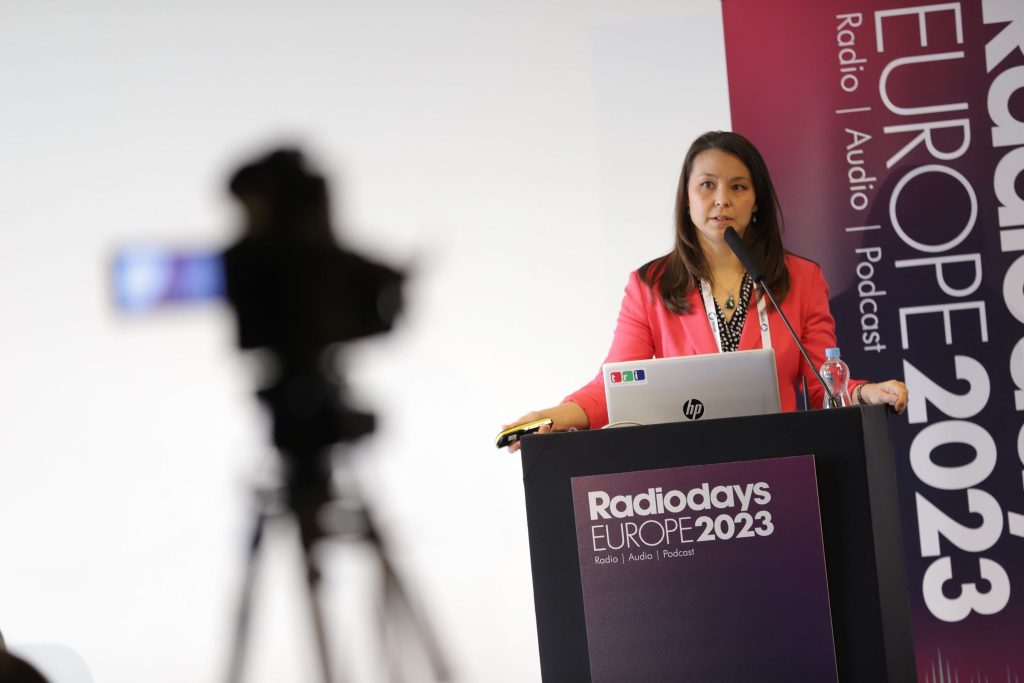Negotiation doesn’t have to feel uncomfortable – if we know how to do it efficiently. Behavioural scientist and negotiation expert Tanya Tarr shares her approach. It’s the DiSC. Originally invented by an American psychologist William Moulton Marston in 1928 and later developed by an industrial psychologist Walter Clarke in 1950s, this emotional and behavioral theory supposes that there are only four basic personality types – Dominant, Influencing, Steady and Conscientious.
Once we get into a negotiation situation and have a clear understanding of our DiSC type and also of the other person’s type, the communication with our partner can flourish. Defining our needs and challenging each other in the right way can lead to a faster and sustainable solution. And it’s not just about being successful at work or trying to get a higher salary – negotiation can also save our relationships.
Nothing is black and white – and the same goes for the art of negotiation. Someone can have a mixed personality type. Some DiSC personality types are compatible with other types (Dominant and Influencing). Other personality types can have too much contrasting friction to be compatible with each other (Dominant and Steady). At work, some people act on behalf of their boss’ personality type and suppress their own nature.
Despite the world being more colorful than what theories suppose and predict, filled with exceptions that undermine them, it is always helpful to have a starting point. As Tarr said, “the only way to get good at negotiation is to start doing it“.
And when is usually the best time to start doing something? Right now. And so we did. Pairing with strangers each of us had three minutes to propose our dream idea or a concept to the other, asking them to help us bring it to life in some way. By observing each other’s verbal and non-verbal cues we would guess each other’s personality type and decide on the right way of communicating our ideas to them. Not everyone in the room got it right. But practice makes – and will make – perfect.



